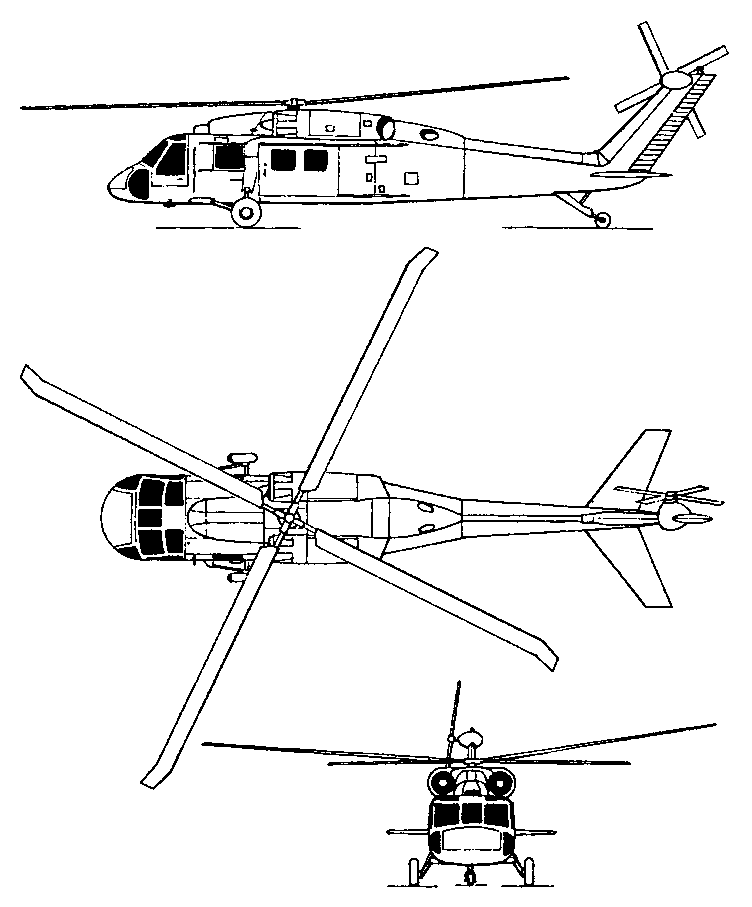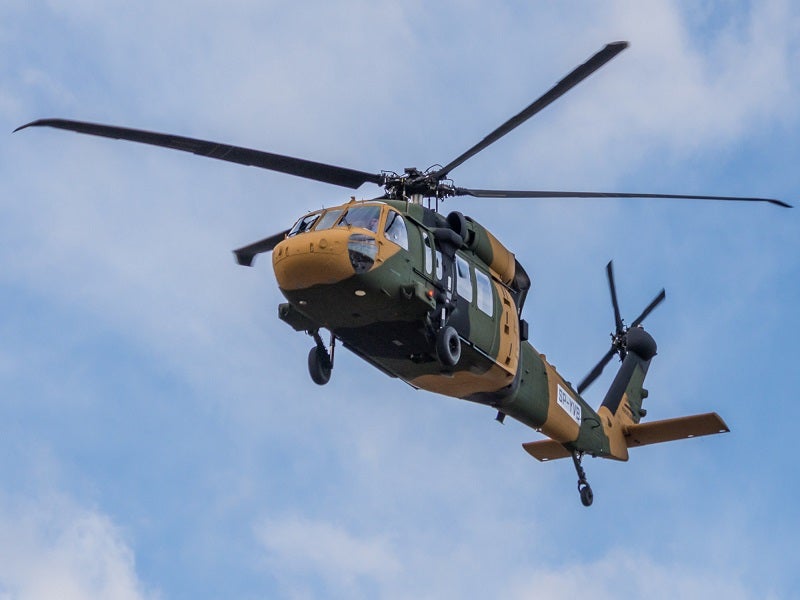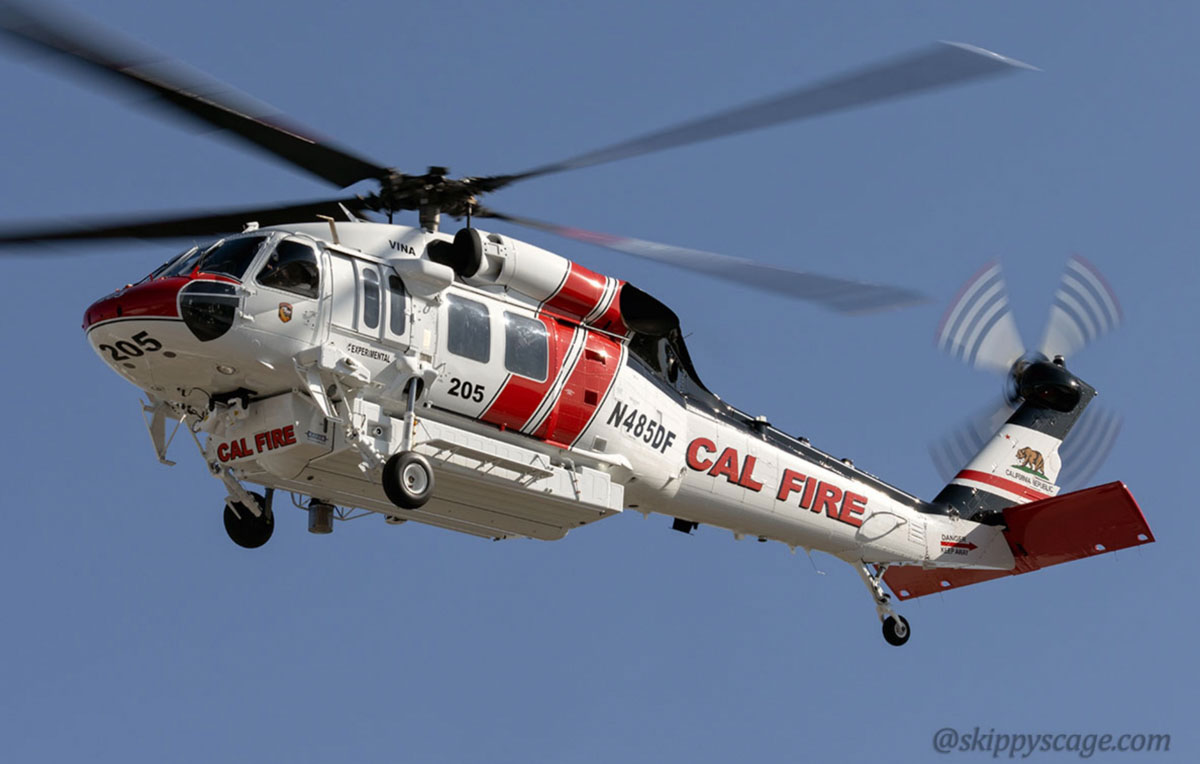Sikorsky S 70: Transforming Tactical Workflow with Cutting-Edge Innovation
Sikorsky S 70: Transforming Tactical Workflow with Cutting-Edge Innovation
Blog Article
High-Performance Multi-Role Rotorcraft Featuring Advanced Cabin Technologies and Integrated Sensing Unit Systems
The realm of rotorcraft modern technology has actually seen noteworthy innovations in current times, specifically in the world of high-performance multi-role rotorcraft equipped with advanced cockpit modern technologies and effortlessly integrated sensor systems. These developments have not just augmented the functional capacities of rotorcraft but have also considerably affected modern-day air travel procedures on various fronts. From improved objective flexibility to improved functional efficiency, the merging of innovative cabin innovations and integrated sensor systems has actually introduced a new period of opportunities for rotorcraft applications. In the complying with conversation, we will explore the advancement of rotorcraft innovation, dig into the realm of innovative cockpit innovations, and examine the effects of incorporated sensor systems on the functional adaptability and performance of modern-day rotorcraft.
Evolution of Rotorcraft Modern Technology
The evolution of rotorcraft technology has actually been marked by significant developments in aerodynamics, materials, and propulsion systems, shaping the capacities and efficiency of contemporary rotorcraft. Furthermore, innovations in propulsion systems, consisting of extra effective engines and ingenious propulsion modern technologies, have actually made it possible for rotorcraft to accomplish higher elevations, faster speeds, and greater payloads.
These innovations have not only changed the abilities of rotorcraft yet have additionally expanded their applications across various sectors, consisting of armed forces, business, and emergency solutions. The continual evolution of rotorcraft innovation remains to drive innovation in the area, pushing the boundaries of what is feasible and forming the future of vertical flight.
Advanced Cockpit Innovations
Structure upon the fundamental developments in aerodynamics, products, and propulsion systems, the realm of rotorcraft modern technology currently changes emphasis towards introducing Advanced Cockpit Innovations. The integration of cutting-edge modern technologies within the cockpit environment plays an essential duty in improving the functional capabilities, safety, and effectiveness of modern rotorcraft. sikorsky s 70. Advanced Cockpit Innovations incorporate a broad variety of features made to offer pilots with boosted situational understanding, structured information monitoring, and intuitive control user interfaces
Among the key advancements in cockpit layout is the application of glass cockpits, which change conventional analog determines with high-resolution displays. These digital systems supply customizable formats, real-time information integration, and enhanced readability, enabling pilots to accessibility vital information at a glimpse. Furthermore, advanced avionics systems, such as fly-by-wire controls and boosted reality displays, are changing how pilots engage with the airplane, enabling precise control and improved decision-making abilities.


Incorporating advanced cockpit innovations not just improves pilot performance but additionally adds to general objective performance and security in complex functional environments. By leveraging cutting edge technologies within the cabin, rotorcraft makers are establishing brand-new standards for operational quality and goal success.
Integrated Sensor Equipments
With the development of rotorcraft innovation, the assimilation of innovative Integrated Sensing unit Systems has become extremely important in improving operational effectiveness and safety. These Integrated Sensing unit Systems incorporate a wide array of innovations that provide crucial information for different features such as navigation, monitoring, targeting, and ecological surveillance. By flawlessly incorporating sensors like radars, electronic cameras, lidar, and infrared systems right into rotorcraft, drivers can gain from enhanced situational understanding, enhanced goal capabilities, and decreased pilot work.
One key benefit of Integrated Sensing unit Systems is their capability to collect real-time data and give actionable insights to pilots and objective drivers. As an example, advanced radar systems can find and track targets over cross countries, enabling early danger discovery and efficient response planning. Additionally, integrating electro-optical and infrared electronic cameras enables rotorcraft to conduct reconnaissance and surveillance goals with precision and accuracy.
Fundamentally, the combination of innovative sensing unit technologies into rotorcraft not only boosts operational performance but additionally contributes substantially to overall mission success and team safety. As rotorcraft remain to evolve, the function of Integrated Sensing unit Equipment will definitely continue to be at the leading edge of innovation in the aerospace market.
Functional Versatility and Efficiency
Enhancing functional convenience and performance in rotorcraft is an all-natural development from the assimilation of sophisticated Integrated Sensing unit Equipments. By leveraging the insights and data supplied by these cutting-edge sensing unit systems, rotorcraft can enhance their performance throughout various objectives and environments.
Operational versatility incorporates the ability of rotorcraft to adjust to different click here for info functions and situations efficiently. With advanced cabin technologies and integrated sensor systems, rotorcraft can flawlessly shift between jobs such as search and rescue, medical emptying, security, and extra. This convenience improves the rotorcraft's capability to meet varied functional requirements without needing substantial reconfiguration.
Performance in rotorcraft operations is crucial for making best use of objective effectiveness and source utilization. Integrated sensing unit systems play a critical duty in enhancing operational efficiency by supplying real-time information on climate condition, terrain mapping, target monitoring, and extra. This data allows pilots to make educated decisions swiftly, enhance trip courses, preserve fuel, and improve overall objective performance.
Effect On Modern Aviation Workflow

Additionally, the assimilation of sophisticated sensing units assists in improved goal planning and implementation, enabling rotorcraft to carry out a broad range of tasks with boosted precision. From search and rescue procedures to aerial firefighting and police objectives, the capacities of modern-day rotorcraft furnished with advanced cabin modern technologies and integrated sensor systems are unparalleled.
In addition, the impact of these developments extends beyond functional performance to cost-effectiveness and sustainability. By enhancing flight routes, fuel usage, and upkeep schedules, high-performance rotorcraft geared up with innovative cockpit innovations and sensing units add to reducing operational expenses and ecological influence, making them important properties in modern aviation operations.
Conclusion
Finally, the high-performance multi-role rotorcraft with advanced cockpit innovations and integrated sensor systems represents a considerable advancement in aeronautics technology. These innovations improve functional adaptability and performance, eventually influencing modern-day aeronautics procedures in a favorable way. The integration of these advanced innovations enables enhanced abilities and performance in different objective scenarios, showcasing the this page continued improvement of rotorcraft innovation in the air travel market.
The realm of rotorcraft technology has seen noteworthy developments in recent times, particularly in the realm of high-performance multi-role rotorcraft equipped with sophisticated cabin technologies and perfectly integrated sensing unit systems. From enhanced mission flexibility to improved functional effectiveness, the convergence of advanced cockpit innovations and integrated sensing unit systems has actually ushered in a new age of possibilities for rotorcraft applications. In the adhering to discussion, we will explore the evolution of rotorcraft modern technology, dig into the realm of sophisticated cabin developments, and take a look at the effects of incorporated sensor systems on the functional flexibility and efficiency of modern-day rotorcraft.

Report this page